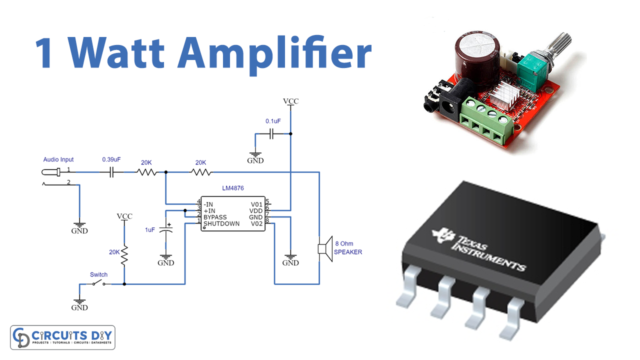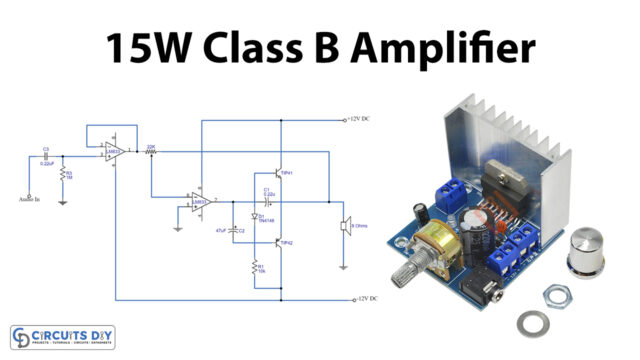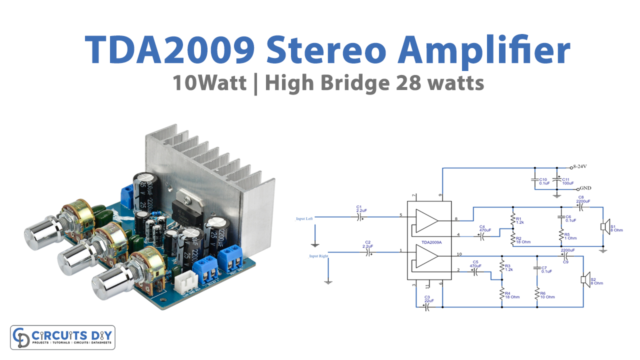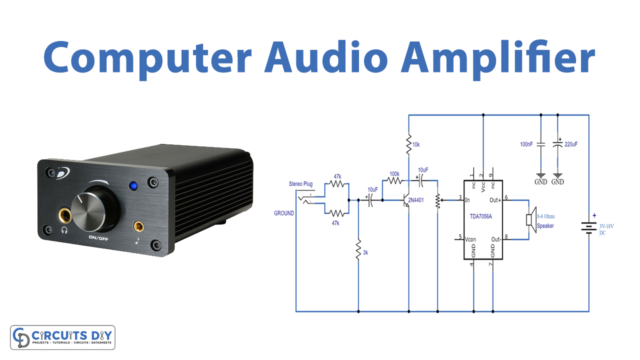Introduction
In many of our articles, we have already discussed audio amplification. Let’s do something new. Together with us, In this Tutorial, you can make a “Video amplifier splitter using a transistor”. A video amplifier splitter is a device that amplifies and splits a video signal. It is typically used to split a video signal from a source device (such as a DVD player) to multiple destination devices (such as TVs or monitors).
A video amplifier splitter can help you distribute your video signal to multiple devices without losing any quality. A video amplifier splitter can also be used to amplify your video signal. This is helpful if you have a weak or low-quality signal. Amplification will increase the strength of the transmitted signals so that they are more likely to reach their destination without being distorted or lost.
Hardware Required
| S.no | Component | Value | Qty |
|---|---|---|---|
| 1. | Transistor | BC547, BC557, BD139 | 1,1,1 |
| 2. | Resistor Different Values | – | 12 |
| 3. | Capacitor | 0.1uf, 10uf, 100uf, 470uf, 0.33uf | 2, 2, 3, 1, 1 |
| 4. | IC | 7812 | 1 |
| 5. | Bridge Rectifier Diode | – | 4 |
| 6. | Variable Resistor | 2.2K | 2 |
| 7. | Diode | 1N4148 | 1 |
Circuit Diagram

Working Explanation
This Video Amplifier Splitter using Transistor has just three transistors in the circuit. As a signal amplifiers, Q1 and Q2 (BC557 are used. Q3 is for The output circuit and has the common emitter follower configuration. The value of R1 determines the circuit’s input impedance. The base of Q1 is where the input signal arrives through capacitor C2. Additionally, the potentiometer VR1 modifies the signal swing’s intensity. A direct connection exists between the base of Q2 and the output of Q1. By setting potentiometer VR2, the circuit’s enhanced gain is set. It is situated between the emitter pin of Q1 and the collector pin of Q2 in the feedback circuit. The rate of gain, however, is influenced by the ratio of resistance between R5 and R6, R8, VR2, and C3.
Application Uses
- For simultaneous videotape recording and presentation on several televisions.







